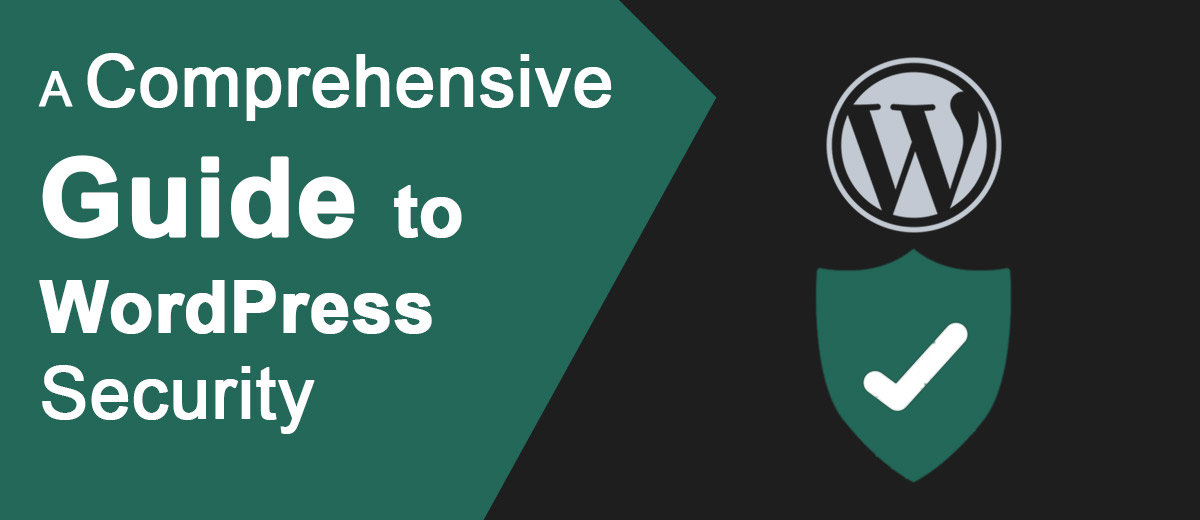1. Keep Core Files Updated
One of the simplest yet most effective security measures is to keep your WordPress core files updated. Regular updates patch vulnerabilities and provide essential security enhancements, fortifying your site against potential threats.
2. Use Strong, Unique Passwords
A cornerstone of website security is utilizing strong, unique passwords. Avoid default or easily guessable passwords. Implement a combination of uppercase and lowercase letters, numbers, and special characters to create robust passwords. Regularly update passwords and consider implementing two-factor authentication for an extra layer of defense.
3. Secure Your Login Page
Protecting your login page is crucial, as it’s a common target for attackers. Rename your login URL, implement a lockout policy for failed login attempts, and consider limiting login access to specific IP addresses. These measures deter brute-force attacks and bolster your site’s overall security.
4. Choose Reputable Themes and Plugins
Opting for themes and plugins from reputable sources is a proactive step in securing your WordPress site. Verify that themes and plugins receive regular updates, have positive user reviews, and are compatible with the latest WordPress version. Outdated or poorly coded themes and plugins can expose vulnerabilities.
5. Regular Backups
Creating regular backups is a fundamental practice in mitigating potential damage. In the event of a security breach or data loss, having a recent backup ensures you can quickly restore your site to a secure state. Numerous plugins simplify the backup process, allowing you to automate this crucial task.
6. Install a Security Plugin
Security plugins are powerful allies in the fight against cyber threats. Plugins like Wordfence, Sucuri Security, and iThemes Security offer features such as firewall protection, malware scanning, and login attempt monitoring. Tailor the settings to your site’s specific needs for an added layer of defense.
7. Monitor User Permissions
Restricting user permissions is an essential security practice. Assign roles with the principle of least privilege – granting users only the permissions necessary for their tasks. Regularly review and update user roles, removing any unnecessary access points that could be exploited.
8. Secure Your Hosting Environment
A secure hosting environment is foundational to your WordPress site’s safety. Choose a reputable hosting provider that prioritizes security. Opt for managed hosting solutions that offer automatic updates, firewalls, and robust security protocols, minimizing potential vulnerabilities.
Conclusion
WordPress security is a dynamic and ongoing process. By implementing these measures, you create a formidable defense against potential threats, providing a secure environment for your website and its visitors. Stay vigilant, stay updated, and safeguard your WordPress sanctuary.


